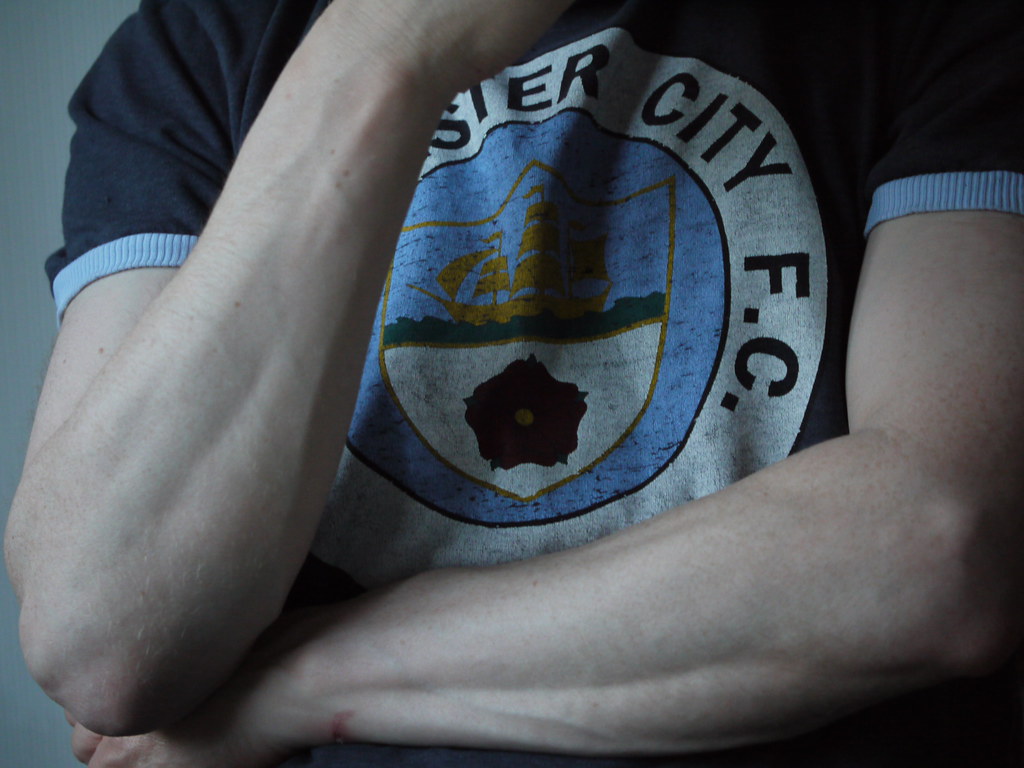 |
| Photo credit: Smabs Sputzer on Flickr |
So I’ve blogged about the vital importance of conflict in a story, as well as how tension can (and should) be used, but it’s been a while since I’ve blogged about either and I’d like to break it down a little more.
To reiterate quickly, a story without conflict or tension isn’t really a story—or, if it is, it’s a rather boring one, to put it nicely. Readers don’t want to read about characters with perfectly happy lives—we want to see characters deal with challenging circumstances, whether realistic or super speculative, and face them one way or another. But without the challenge? There’s no story to be had.
To reiterate quickly, a story without conflict or tension isn’t really a story—or, if it is, it’s a rather boring one, to put it nicely. Readers don’t want to read about characters with perfectly happy lives—we want to see characters deal with challenging circumstances, whether realistic or super speculative, and face them one way or another. But without the challenge? There’s no story to be had.
Similarly, tension is necessary throughout the story to keep the interest and build up throughout the plot until we hit the peak point of conflict. The great thing about tension, however, is it can manifest in so many different ways.
While this doesn’t cover every type of tension out there, hopefully it’ll get you thinking a little more about the different possibilities available to you for ramping up the micro-conflict in your story.
Do you utilize different types of tension in your writing?
Twitter-sized bites:
- Circumstantial tension. This is tension that comes from extenuating circumstances/some kind of outside force. Whether it’s caused by poverty, an authoritarian government, being on the run, or trying not to flunk out of college, this is tension that weighs down on the protagonist caused by circumstances out of their control.
- Tension between characters. I wrote a whole post on this one, so I won’t go into every detail, but the short version is this: characters who always get along without a problem are characters who are not being used to their fullest potential.
- Sexual tension. Whenever there’s a love interest, you know this has to play a part. Romantic relationships in books aren’t just about being near each other and kissing and getting it on—it’s the tension between them when they notice each other, when they’re close and realize they’re attracted to each other, when they want to kiss but don’t. It’s noticing every glance and touch—and it’s internalizing the building need to be closer. Without the sexual tension, the romantic relationship falls flat because they characters won’t have real chemistry.
While this doesn’t cover every type of tension out there, hopefully it’ll get you thinking a little more about the different possibilities available to you for ramping up the micro-conflict in your story.
Do you utilize different types of tension in your writing?
Twitter-sized bites:
Writer @Ava_Jae says, "a story without conflict or tension isn't really a story." What do you think? (Click to tweet)
Do you use different types of tension in your writing? Join the discussion on @Ava_Jae's blog. (Click to tweet)








6 comments:
Of course, it's one thing to have the tension... It's another thing to write it so it feels tense. These are definitely things I should keep in mind when I figure out the relationships between my MC and the people she's with and the setting. *gets to work*
I use the first too most often, but usually start with circumstantial. Being a genre writing, I find plots that develop from the structure of the world are the ones that are worth telling and often character tension is linked to circumstantial tension because the characters have different circumstances.
Sexual tension...I like to say romantic tension, if only cuz I write YA XD. It's my hardest one T.T
Heh, well, if you write a scene that's meant to be tense without tension then there isn't really tension lol. But! That's something you can always fix in revisions. So yay. :)
I think circumstantial tension is often a good starting place, though depending on the book there are other kinds as well in the beginning. But as openings are (or should be) relatively close to the inciting incident which creates tension, circumstantial tension makes sense.
Sexual tension/romantic tension, yeah same thing lol. But that's fair—it can be tricky sometimes! I find reading a lot of books with romantic subplots helps—then you get a feel for different techniques for building romantic tension. :)
Hi, interesting post. Do you think the story has to open with at least some hint of the main tension that will drive the story and relationships or is it ok to start with, say, circumstantial tension, and use that to suck the reader in far enough that the main type of tension can come into play? Thanks!
Hmm. I think it's okay if it's related to the main tension, or organically leads into the main tension. As long as they're not so unrelated that it seems like the main tension is coming out of nowhere, I think that can work just fine. :)
Post a Comment